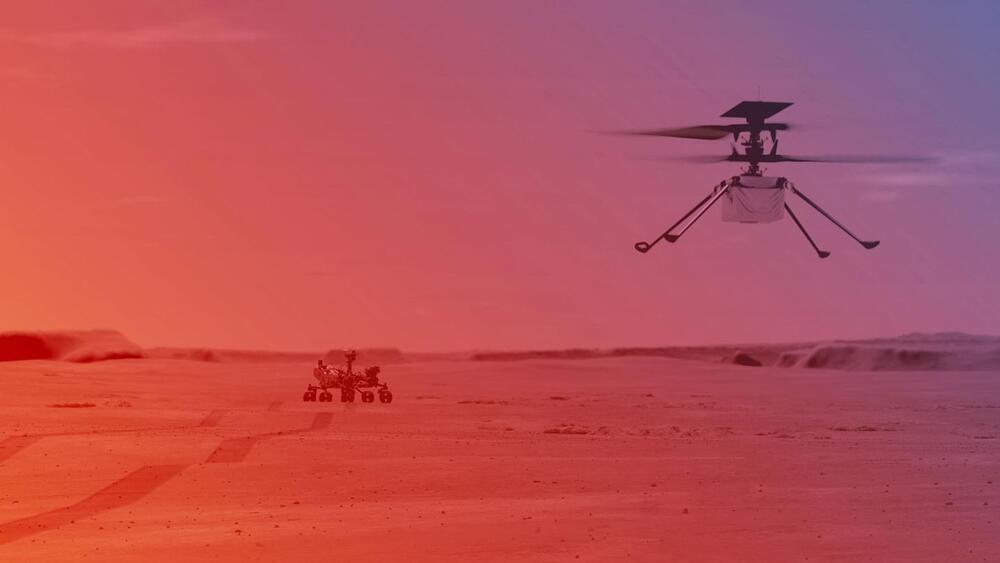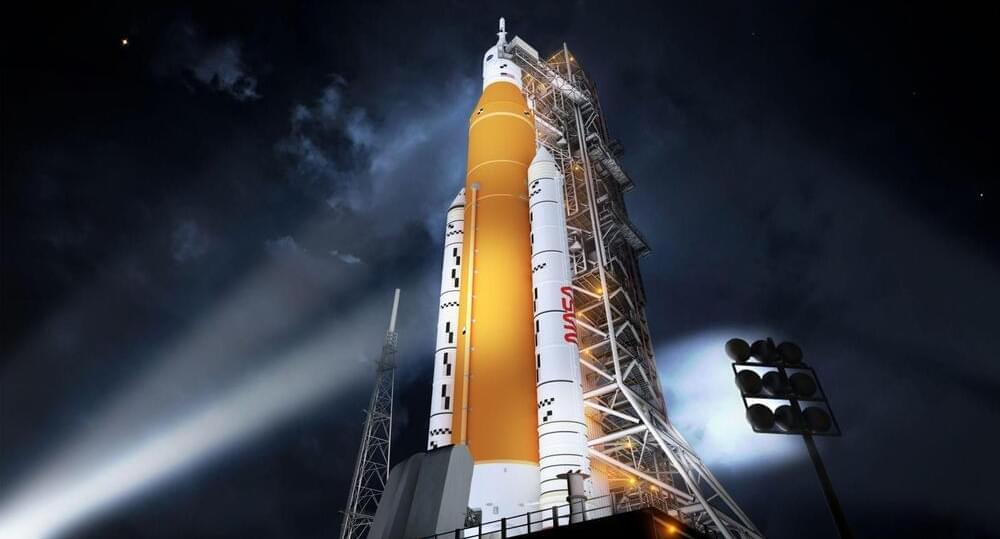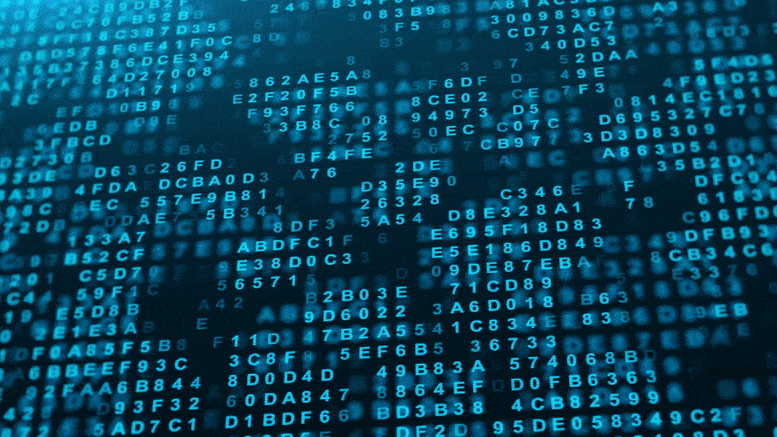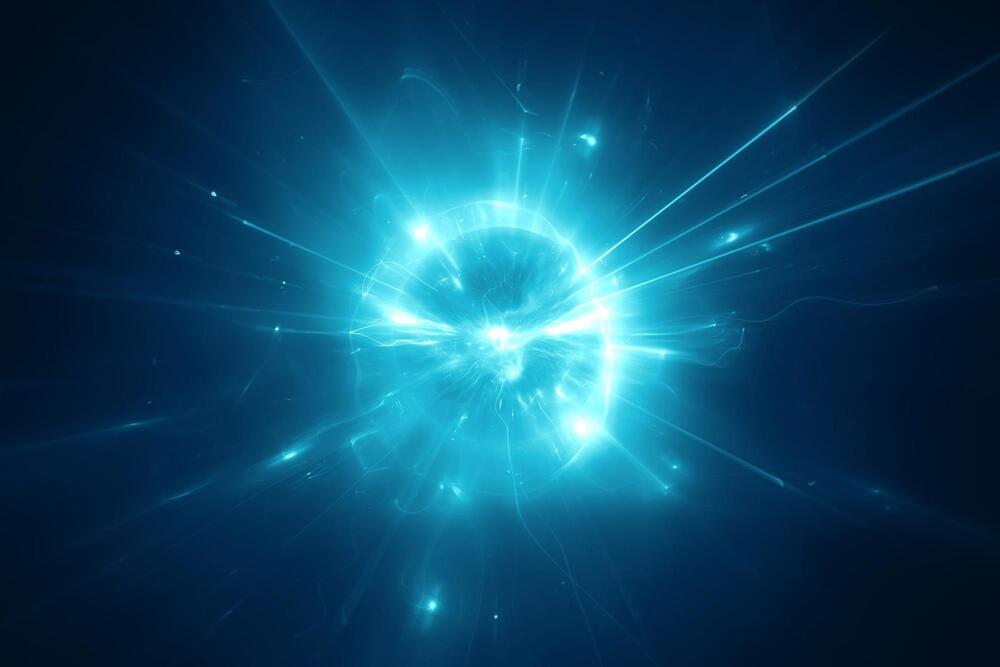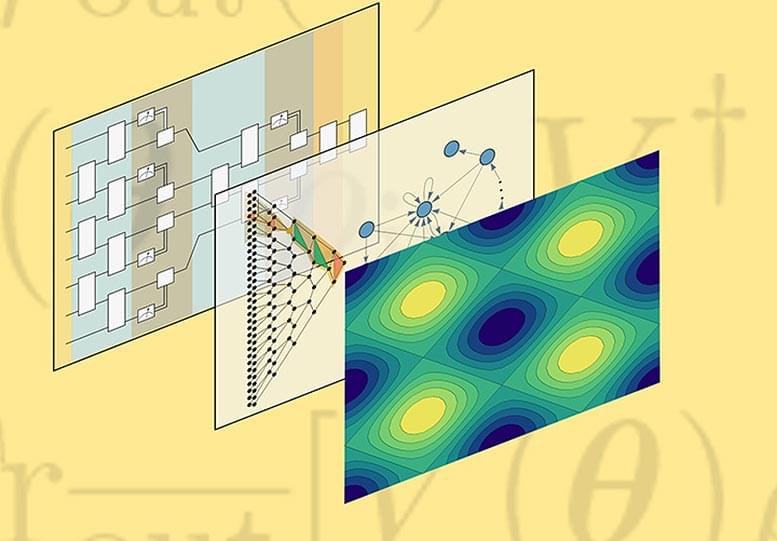Page 4516
Dec 12, 2021
Artemis I Space Launch System Rollout Delayed to January
Posted by Alberto Lao in category: space travel
NEW ORLEANS, La. — The rollout of the fully-stacked Artemis I Space Launch System (SLS) vehicle, from Kennedy Space Center’s (KSC’s) Vehicle Assembly Building (VAB), has been scheduled to occur by the end of the year. However, SpaceFlight Insider previously reported that the rollout may be delayed. On Dec. 7, 2021, while speaking at the Michoud Assembly Facility (MAF), NASA Administrator Bill Nelson confirmed the delay by stating, It’s going to have it’s rollout to the pad in January.
In addition, other news outlets have reported on an issue that may be driving the delay — a problem with with the engine controller on one, of four, core stage RS-25 engines.
The Artemis I RS-25’s are previously-flown Space Shuttle Main Engines (SSME’s). However, the controllers, or “brains,” for the engines have been updated for use on Artemis SLS flights.
Dec 12, 2021
Power reduced at Fermi 2 ahead of refueling outage
Posted by Shubham Ghosh Roy in category: nuclear energy
DTE Energy’s Fermi 2 nuclear power plant in Newport is gradually reducing its power level in anticipation of its next refueling outage.
DTE Nuclear Communications Supervisor Stephen Tait said in a statement to the Monroe News that operators “will allow our plant to slowly and safely reduce in power level, an action called a ‘coast down,’ until the start of the refueling outage, which is scheduled for February 2022.”
Fermi 2, which is nearing the end of its 21st operating cycle, operated at 93 percent power Thursday.
Dec 12, 2021
New Research Finds Potential Mechanism Linking Autism and Intestinal Inflammation
Posted by Saúl Morales Rodriguéz in categories: engineering, neuroscience
Infection during pregnancy with elevated levels of the cytokine IL-17a may yield microbiome alterations that prime offspring for aberrant immune responses, mouse study suggests.
Though many people with autism spectrum disorders also experience unusual gastrointestinal inflammation, scientists have not established how those conditions might be linked. Now MIT
MIT is an acronym for the Massachusetts Institute of Technology. It is a prestigious private research university in Cambridge, Massachusetts that was founded in 1861. It is organized into five Schools: architecture and planning; engineering; humanities, arts, and social sciences; management; and science. MIT’s impact includes many scientific breakthroughs and technological advances.
Dec 12, 2021
New Cyber Protections Against Stealthy “Logic Bombs” Targeting 3D Printed Drones, Prostheses and Medical Devices
Posted by Saúl Morales Rodriguéz in categories: biotech/medical, cybercrime/malcode, drones, health
Cyber attackers could target 3D printed objects in health care, aerospace, and other fields.
Cybersecurity researchers at Rutgers University-New Brunswick and the Georgia Institute of Technology have proposed new ways to protect 3D printed objects such as drones, prostheses, and medical devices from stealthy “logic bombs.”
The researchers will present their paper, titled “Physical Logic Bombs in 3D Printers via Emerging 4D Techniques,” at the 2021 Annual Computer Security Applications Conference on December 10, 2021.
Dec 12, 2021
Tetra-Neutron Experiment: Understanding of Nuclear Forces Might Have To Be Significantly Changed
Posted by Genevieve Klien in category: particle physics
The tetra-neutron – experiment finds evidence for a long-sought particle comprising four neutrons.
While all atomic nuclei except hydrogen are composed of protons and neutrons, physicists have been searching for a particle consisting of two, three, or four neutrons for over half a century. Experiments by a team of physicists of the Technical University of Munich (TUM) at the accelerator laboratory on the Garching research campus now indicate that a particle comprising four bound neutrons may well exist.
While nuclear physicists agree that there are no systems in the universe made of only protons, they have been searching for particles comprising two, three, or four neutrons for more than 50 years.
Dec 12, 2021
Mystery of the gigantic Oort cloud from deep space explained
Posted by Genevieve Klien in category: space

Astronomers possibly solve the mystery of how the enormous Oort cloud, with over 100 billion comet-like objects, was formed.
Dec 12, 2021
How hologram tech may soon replace video calls
Posted by Jose Ruben Rodriguez Fuentes in categories: biotech/medical, holograms
The coronavirus pandemic and travel bans have accelerated interest in holographic communication.
Dec 12, 2021
Private space stations are coming. Will they be better than their predecessors?
Posted by Genevieve Klien in categories: government, space travel
Alice Gorman, Associate Professor in Archaeology and Space Studies, Flinders University
A new era of space stations is about to kick off. NASA has announced three commercial space station proposals for development, joining an earlier proposal by Axiom Space.
These proposals are the first attempts to create places for humans to live and work in space outside the framework of government space agencies. They’re part of what has been called “Space 4.0,” where space technology is driven by commercial opportunities. Many believe this is what it will take to get humans to Mars and beyond.
Dec 12, 2021
Breakthrough Proof Clears Path for Quantum AI — Overcoming Threat of “Barren Plateaus”
Posted by Genevieve Klien in categories: quantum physics, robotics/AI
Novel theorem demonstrates convolutional neural networks can always be trained on quantum computers, overcoming threat of ‘barren plateaus’ in optimization problems.
Convolutional neural networks running on quantum computers have generated significant buzz for their potential to analyze quantum data better than classical computers can. While a fundamental solvability problem known as “barren plateaus” has limited the application of these neural networks for large data sets, new research overcomes that Achilles heel with a rigorous proof that guarantees scalability.
“The way you construct a quantum neural network can lead to a barren plateau—or not,” said Marco Cerezo, coauthor of the paper titled “Absence of Barren Plateaus in Quantum Convolutional Neural Networks,” published recently by a Los Alamos National Laboratory team in Physical Review X. Cerezo is a physicist specializing in quantum computing 0, quantum machine learning, and quantum information at Los Alamos. “We proved the absence of barren plateaus for a special type of quantum neural network. Our work provides trainability guarantees for this architecture, meaning that one can generically train its parameters.”
